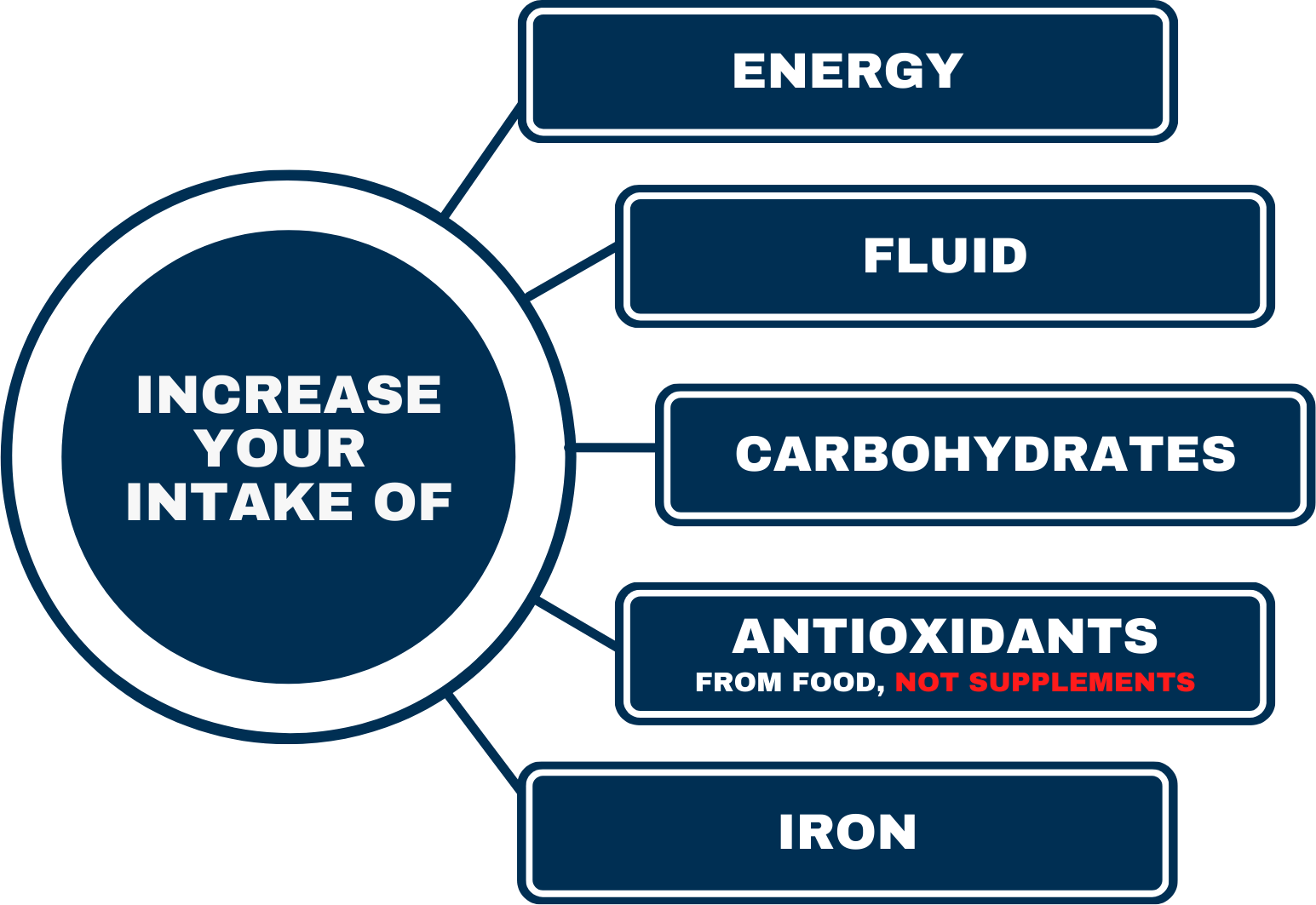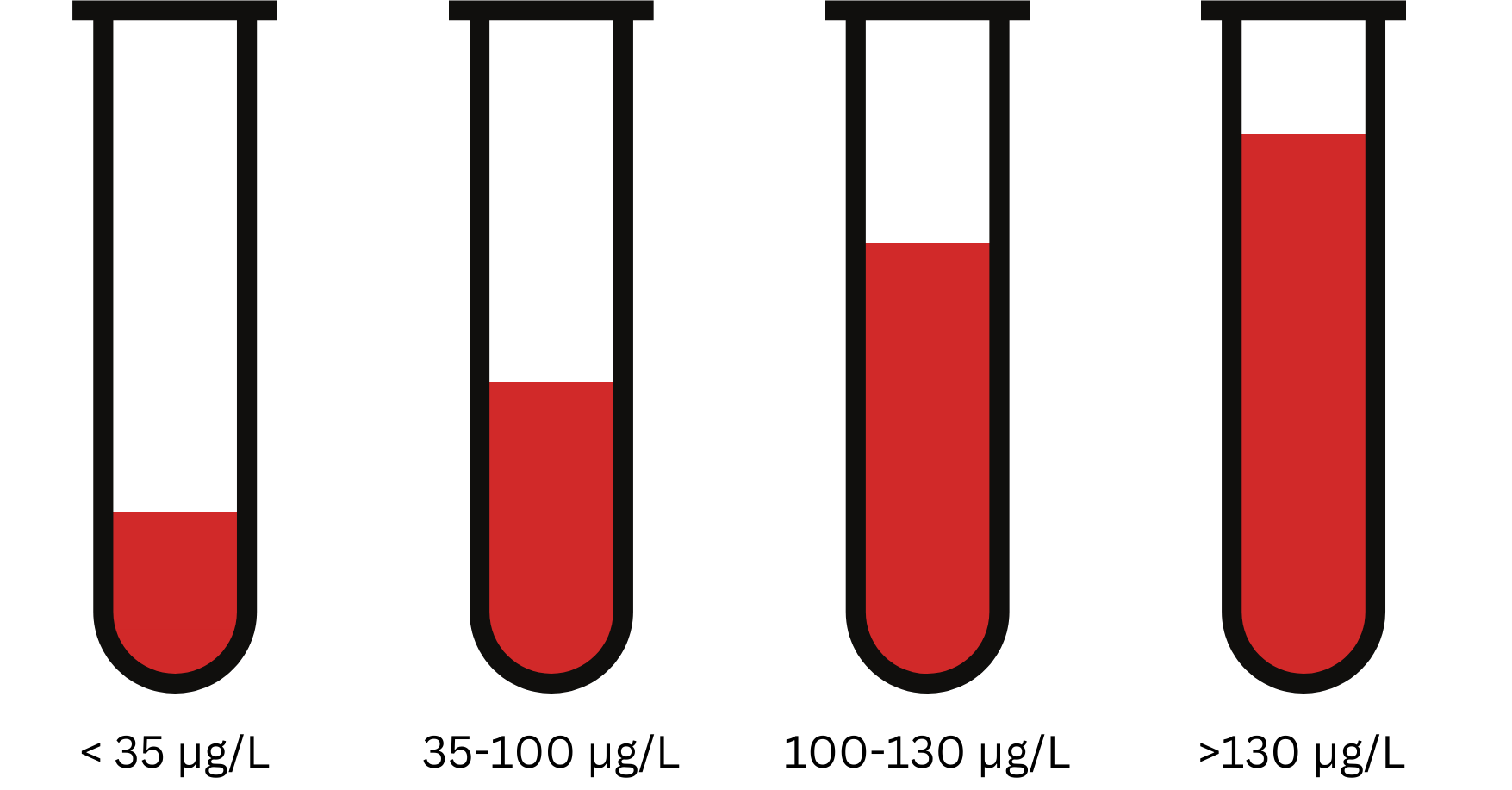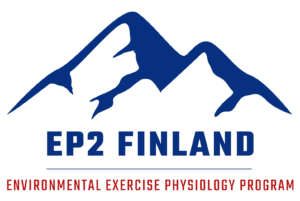Hypoxia sets special nutritional requirements on micro- and macronutrient, total energy, and fluid availability, and meeting these requirements can greatly increase the chance of beneficial hypoxia-related adaptations. Conversely, hypoxic exposure can be detrimental to physical performance if nutrition is not properly managed. Below are key nutritional strategies to implement to maximize hypoxic training outcomes.

Energy Availability, Fluid Balance, and Body Weight
Hypoxia increases resting metabolic rate4 but decreases appetite2 which can make maintaining body weight challenging. Adequate food intake is further challenged by the changed living conditions and eating habits during hypoxia4. Athletes that fail to maintain body weight within 1 % of their normal values during hypoxic exposure seem to have an attenuated response in hemoglobin mass.4 Decreased energy availability is increasingly common in athletes which is why it is important to assess the athlete’s energy availability before a hypoxic exposure so necessary adjustments can be made.
Hypoxia also increases fluid output through increased ventilation and urine production.4 Taken together with the decreased sensation of thirst and the changing drinking habits at altitude4, it is beneficial to have a degree of planning and make conscious adjustments to maintain euhydration. Fluid needs vary considerably between individuals but monitoring urine amount and color, body weight, and thirst are practical ways to assess hydration status. Hydration status has a great impact on general well-being and training response, but it also has a role in monitoring energy availability: if euhydration is not maintained, the decreasing body weight can be easily interpreted as a deficit in caloric intake.
Iron, Antioxidants, and Vitamins
Elite athletes generally seek hematological adaptations – a rise in hemoglobin mass – when using altitude training. This calls for special consideration for athletes’ iron intake due to its importance in the production of red blood cells.4 To increase the chance of positive hematological adaptation, the athlete’s ferritin levels should be examined well before altitude training as ferritin concentration steers the dosing of iron supplementation. Blood samples should be drawn and analysed 4—6 weeks beforehand to ensure sufficient time for any necessary changes. Supplementing with iron is an effective way to increase the hematological response from altitude training even in individuals with sufficient ferritin levels which is why supplementation is encouraged in most athletes4. Vitamin C improves the absorption of iron, and iron should be taken together with a source of vitamin C such as orange juice. Conversely, polyphenols, phytates, and calcium decrease iron absorption. Therefore, when taking iron avoid ingesting coffee, black tea, and dairy products several hours before or after supplementation. In addition, iron absorption is severely reduced for a 24-hour period following supplementation. Therefore, alternate day iron supplementation may still result in comparable adaptive response despite halving the total overall iron intake. Potential gastrointestinal disturbance from iron supplements should subside after 1-2 weeks, but athletes may reduce to alternate day dosing to relieve symptoms or choose an alternate-day regimen from the outset if there is a history of GI disturbances.5

Hypoxia poses many challenges to the human body. One of these challenges is the oxidative stress inherent to hypoxia, which can increase the likelihood of illness. This underlines the importance of antioxidant intake during hypoxia. There is some evidence, however, that supplementing with antioxidants can decrease hematological adaptations and training response. Therefore, antioxidant demands should be met through a varied and healthy diet. Eating fruits, vegetables, berries, and nuts can ensure that the athlete’s antioxidant intake is sufficient without compromising adaptations.3 In addition, the athlete must ensure adequate intake of vitamins D, B12, and B9. Vitamins B12 and B9 are necessary for red blood cell production and thus their intake is vital during hypoxia. B12 deficiency is more common in vegetarians and vegans but a deficit can occur in omnivorous athletes as well. If no information about the athlete’s vitamin D levels is available, general guidelines for supplementation can be followed. In addition, the athlete must ensure adequate intake of vitamins D, B12, and B9. Vitamins B12 and B9 are necessary for red blood cell production and thus their intake is vital during hypoxia. B12 deficiency is more common in vegetarians and vegans but a deficit can occur in omnivorous athletes as well. If no information about the athlete’s vitamin D levels is available, general guidelines for supplementation can be followed.
Detailed planning and execution are required to gain the full benefits of hypoxic training. This includes not only the training and hypoxic exposure itself, but also the nutritional strategy. Poor execution of key nutritional principals decreases the chances of positive adaptations. EP2 FINLAND brings the aid and assistance of field experts to your disposal. Utilizing these resources in the planning and execution of altitude training can increase your chance of success.

References:
- Griffiths, A., Shannon, O., Matu, J., King, R., Deighton, K., & O’Hara, J. P. (2019) The Effects of Environmental Hypoxia on Substrate Utilisation During Exercise: a Meta-analysis. Journal of the International Society of Sports Nutrition, 16 (1), DOI: 10.1186/s12970-019-0277-8
- Karl, J. P., Cole, R. E., Berryman, C. E., Finlayson, G., Radcliffe, P. N., Kominsky, M. T., Murphy, N., Carbone, J., Rood, J., Young, A. & Pasiakos, S. M. (2018). Appetite Suppression and Altered Food Preferences Coincide with Changes in Appetite-Mediating Hormones During Energy Deficit at High Altitude, But Are Not Affected by Protein Intake. High Altitude Medicine & Biology, 19 (2), 156–169. DOI: 10.1089/ham.2017.0155
- Koivisto, A. E., Olsen, T., Paur, I., Paulsen, G., Bastani, N. E., Garthe, I., Raastad, T., Matthews, J., Blomhoff, J. & Bøhn, S. K. (2019). Effects of Antioxidant-rich Foods on Altitude-induced Oxidative Stress and Inflammation in Elite Endurance Athletes: A Randomized Controlled Trial. PLOS ONE, 14 (6), e0217895. DOI: 10.1371/journal.pone.0217895
- Stellingwerff, T., Peeling, P., Garvican-Lewis, L. A., Hall, R., Koivisto, A. E., Heikura, I. A., & Burke, L. M. (2019). Nutrition and Altitude: Strategies to Enhance Adaptation, Improve Performance and Maintain Health: A Narrative Review. Sports Medicine 49, 169-184. DOI: 10.1007/s40279-019-01159-w
- Sim, M., Garvican-Lewis, L. A., Cox, G. R., Govus, A., McKay, A. K. A., Stellingwerff, T., & Peeling, P. (2019). Iron Considerations for the Athlete: a Narrative Review. European Journal of Applied Physiology, 119 (7), 1463–1478. doi:10.1007/s00421-019-04157-y
Authors:
Jere Borgenström, MSc;
Christina Kuorelahti, PhD;
Dominique Gagnon, PhD, Adjunct Professor;
Juha Peltonen, PhD, Adjunct Professor
